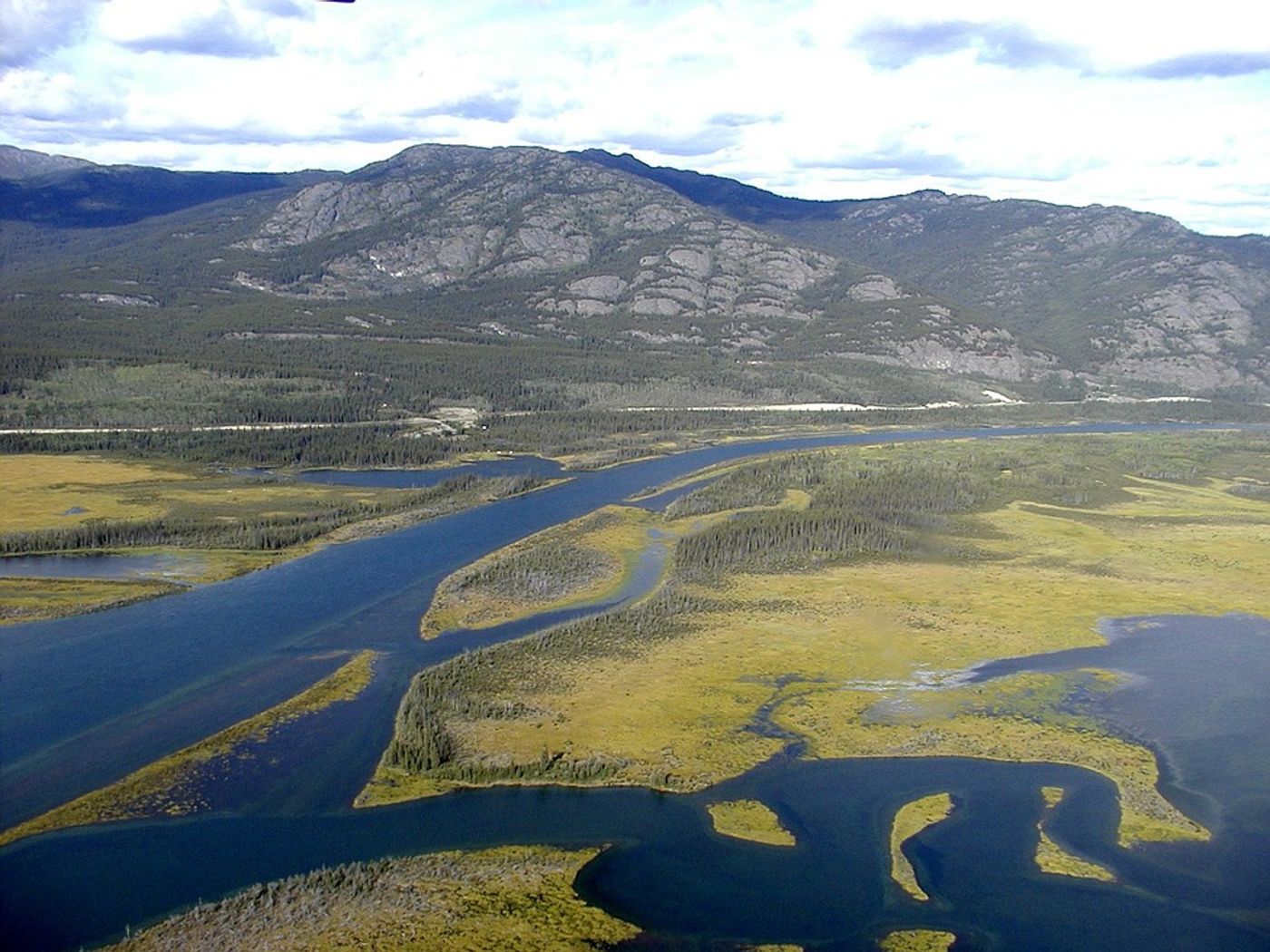Climate change hastens erosion in rivers
A study published earlier this week in Nature Geoscience from a collaboration of scientists from the U.S. Geological Survey, the University of Vermont and Purdue University provides geochronological evidence supporting the idea that historical global climate changes have influenced river erosion dates over the past five million years.
"These results provide the first definitive support that increases in sediment deposited to oceans from river erosion coincide with dramatic changes in glacial cycles," says Utah State University geoscientist Tammy Rittenour. "Our ability to date former river deposits was the game-changing factor in allowing us to pursue this hypothesis."
The study looked at the case of the Yukon River basin to analyze how historic global precipitation patterns have mimicked climate fluctuations and thus influenced erosion. The research team did so by looking at oxygen isotopes in sediments in Fortymile River, a Yukon River tributary that flows from northwestern Canada to Alaska.
"Oxygen isotope values in marine sediment show worldwide fluctuations between cold and warm climates that abruptly intensified during the early Pleistocene period," says Rittenour, who is a professor in USU's Department of Geosciences. "Rates of river sediment accumulation also jumped during this time. If that's the case, enhanced river discharge resulting from intensified global precipitation would increase rates of river erosion," she says.
The researchers used a method of dating called optically stimulated luminescence to determine increases in sediment accumulation that support the hypothesis that climate-driven changes in precipitation and runoff control the pace of river incision and landscape erosion.
"This 'Rosetta-stone' location, with exposed terraces, provided a long-sought window from which to obtain data. We geochronologists often repeat the adage, 'No Dates, No Rates,' meaning we can't calculate rates of erosion without age control. Using relatively new dating techniques, we were able, for the first time, to establish ages for river deposits that span these key time periods of global climate change," concludes Rittenour.
Sources: Nature Geoscience, Science Daily









